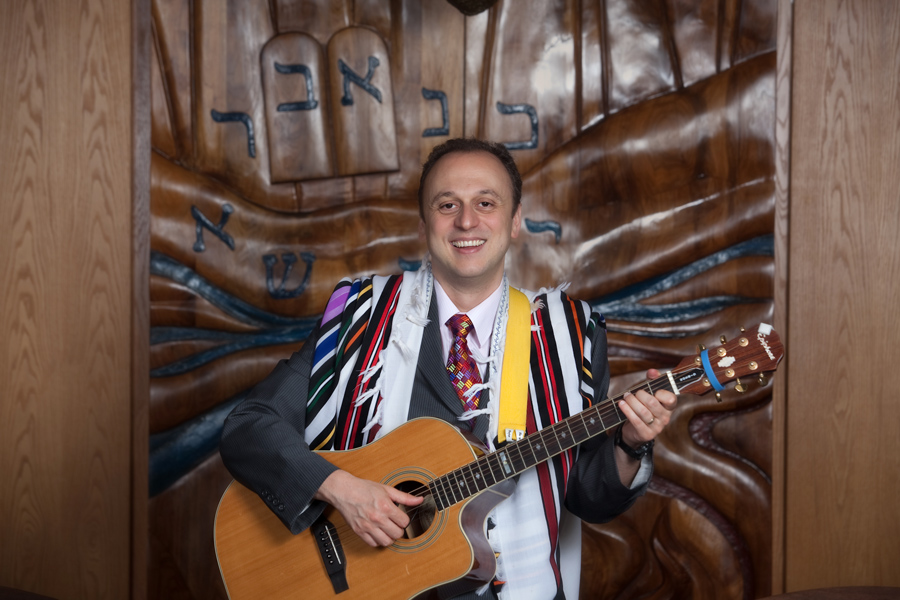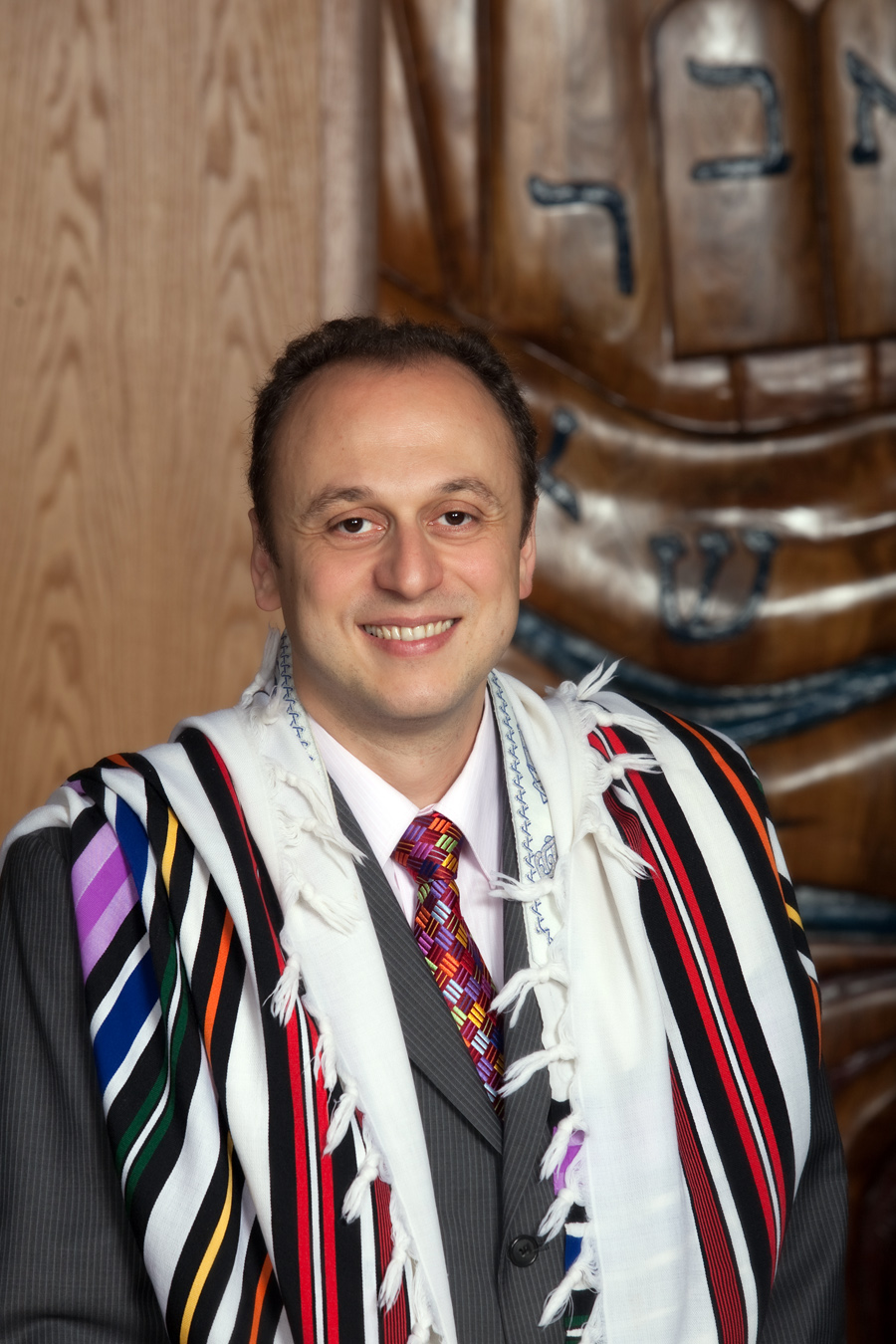 ‘Deep winter, still winter, but the days are visibly longer. The sun is visibly brighter. In the Land of Israel, it is still raining – but the rains are beginning to slacken. Already they have filled the deepest recesses of the earth. Far underground, the roots of trees are beginning to suck at earth’s replenished breasts. Their branches are beginning to grope toward the gathering light. There is barely any change to see; there is barely any change to hear. But the turn of the year has come. The still and quiet months are over; the seed is quickening, life is reasserting itself. In this hushed moment we celebrate the new year of trees, and the reawakening of the Tree of Life.’ (Arthur Waskow, Seasons of Our Joy)
‘Deep winter, still winter, but the days are visibly longer. The sun is visibly brighter. In the Land of Israel, it is still raining – but the rains are beginning to slacken. Already they have filled the deepest recesses of the earth. Far underground, the roots of trees are beginning to suck at earth’s replenished breasts. Their branches are beginning to grope toward the gathering light. There is barely any change to see; there is barely any change to hear. But the turn of the year has come. The still and quiet months are over; the seed is quickening, life is reasserting itself. In this hushed moment we celebrate the new year of trees, and the reawakening of the Tree of Life.’ (Arthur Waskow, Seasons of Our Joy)
The Mishnah records a disagreement between the House of Shammai and the House of Hillel. They are trying to decide when to celebrate the New Year of Trees (an important date, since it would determine the tithing system for the ancient Israelite farmers). Shammai insists it should be on the 1st of Sh’vat, around the time when the sap begins to rise inside the trees, marking the beginning of spring – invisible to the eye yet real awakening of nature from winter slumber. Hillel suggests the 15 of Sh’vat, around the time when the first almond trees begin to blossom, providing a visible sign of spring. In the end, the tradition follows Beit Hillel and marks the New Year of Trees on Tu BiSh’vat (which means 15 of Sh’vat), this year it falls of February 8th. On that day, it is customary to eat as many fruits that grow in Israel as one can find, some try to eat 15 different fruits (dried fruits are also OK, especially if you can get some Israeli ones!).
In his introduction to the chapter about Tu BiSh’vat, Arthur Waskow talks about the nature and life reasserting itself. ‘The quiet days are over’. In this remarkable 50th year of Temple Emanuel, we hardly had any quiet days – but if we did, they are definitely over! Outside, the snow comes and goes, the winter is in full swing, but just like the sap begins to rise inside the trees before we ever get to see any real signs of spring, the activity begins to heat up at TE as we continue to celebrate our 2nd Half-Century. Just take a look at the calendar: Chinese Dinner, Purim party, an incredible musician-in-residence weekend with Jeffrey Klepper, an upcoming Sisterhood variety show, not to mention Pesach and the Anniversary Gala – all of this in addition to two new adult study programs, building renovations, committee work and school programs! Our new family Shabbat service on the first Friday of the month was a huge success in January and we look forward to seeing many more families, with and without children at the early service in February. The first Torah service with Mishkan Tefilah prayerbook was in January and we continue to get used to the new prayerbook, proudly using it alongside our beloved TE siddur. We continue to improve our communications and our website, so that it can match the outstanding Shofar that we are so proud to produce every month, thanks to our wonderful team! As of this month, you can register for most of our events online, through our website, complete with payment opportunity, saving you (and our office) some precious time.
As we go through winter, and as we acknowledge the change of seasons in Israel, may we remember to take a moment and marvel at the miracle that is Temple Emanuel. I look forward to seeing many of you at all the wonderful events coming up this month and in the spring. The quiet days are over – let the fun begin!








